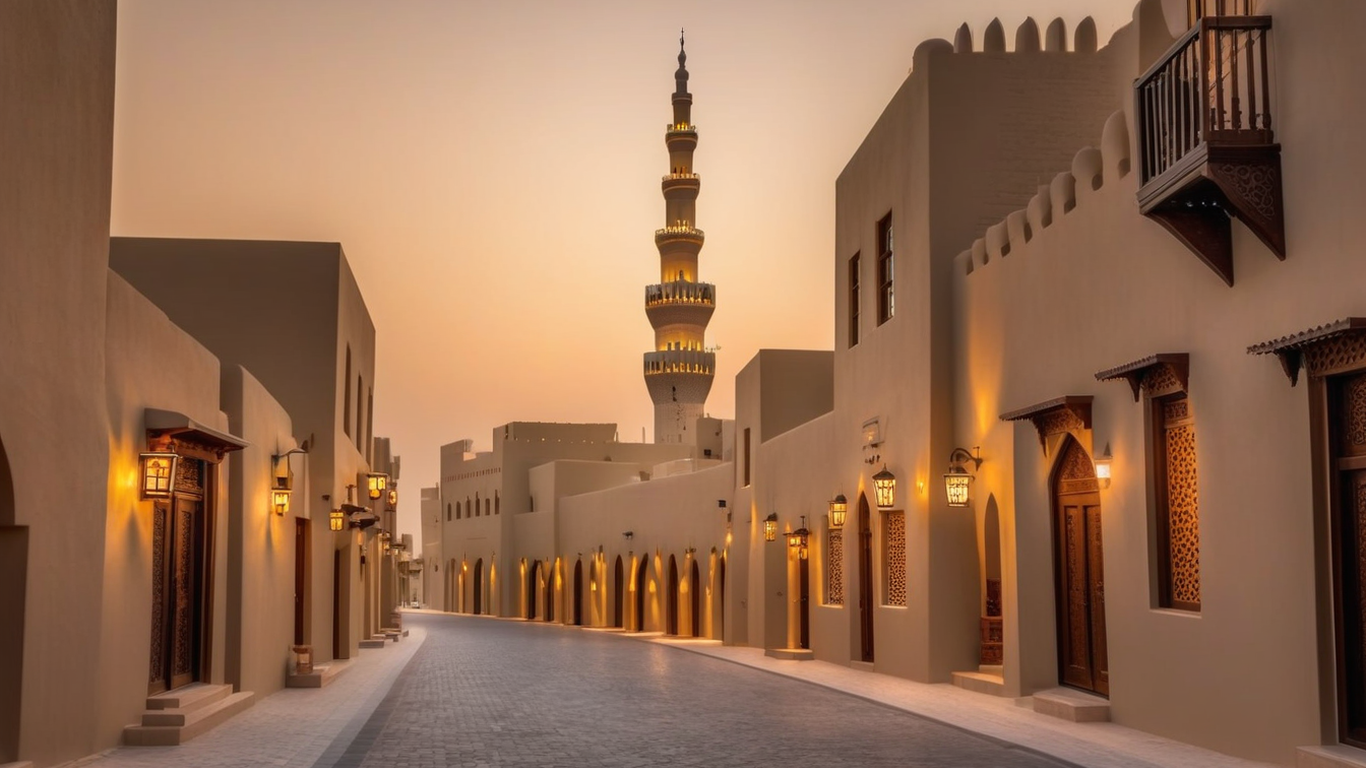 Cultural Venues
Cultural Venues
Al Fahidi Historical Neighbourhood: Your Complete Guide to Dubai's Cultural Heart
Step into the pages of Arabian Nights at Al Fahidi Historical Neighbourhood, where Dubai's soul whispers through wind-kissed towers and narrow cobblestone lanes. This isn't just another tourist destination—it's a portal to a time when pearl divers braved the depths of the Arabian Gulf and merchants from Persia built dreams along Dubai Creek's golden shores.
Al Fahidi Historical Neighbourhood Location and How to Get There
The Al Fahidi Historical Neighbourhood location places you in the heart of Bur Dubai, strategically positioned along the legendary Dubai Creek that has been the city's commercial lifeline for centuries. This historic quarter extends approximately 300 metres along Dubai Creek and 200 metres inward, covering an impressive 38,000 square metres of preserved heritage.
By Metro
Take the Green Line and alight at Al Fahidi Metro Station—just a short 1.3-kilometre walk to the district's entrance. Alternatively, Bur Juman Metro Station provides another convenient access point.
By Bus
Al Ghubaiba Bus Station, one of Dubai's main transport hubs, sits on the western edge of the area with buses departing to most city destinations.
By Abra (Water Taxi)
Traditional wooden boats depart from Bur Dubai Abra Station and Dubai Old Souk Abra Station, offering a scenic journey across Dubai Creek to reach the neighbourhood.
By Car
Parking is available in roadside public zones and private lots around Al Fahidi Historical Neighbourhood, though private lots charge higher hourly rates.
Al Fahidi Historical Neighbourhood Entrance Fee and Opening Hours
Here's what every visitor wants to know: al fahidi historical neighbourhood entrance fee is completely free! Al Fahidi Historical Neighbourhood is totally free to visit, making it a popular attraction for tourists seeking Dubai's cultural and traditional side. This 31,000 square metre heritage site welcomes visitors without any ticketing or admission requirements.
Important Fee Information
Neighbourhood Access: Free of charge, 24 hours daily
Individual Attractions: Specific museums and galleries within the neighbourhood charge varying fees—Dubai Museum costs AED 3 for adults and AED 1 for children under 12
Opening Hours: Al Fahidi historical Neighbourhood timings run from 7 AM to 8 PM for general access, though individual museums and galleries maintain their own operating schedules
While exploring the neighbourhood itself costs nothing, budget for individual attractions like the renowned Coffee Museum, Coins Museum, and various art galleries that each set their own admission prices.
The Captivating History Behind Al Fahidi Historical Neighbourhood
Every corner of Al Fahidi Historical Neighbourhood tells a story that began in the 1890s, when wealthy Persian merchants from the southern Iranian town of Bastak established what would become Dubai's most significant heritage district. Originally known as Al Bastakiya after the Iranian town of Bastak, the district was primarily built by affluent Persian merchants drawn to Dubai by rich trade opportunities and government incentives.
The neighbourhood's strategic position along Dubai Creek wasn't coincidental—the Creek has served as a commercial hub for centuries, welcoming ships and merchants from around the world. Picture dhows laden with pearls, spices, and textiles docking at these very shores while merchants conducted business in buildings that still stand today.
From Near Destruction to UNESCO Recognition
Al Fahidi Historical Neighbourhood's survival reads like a dramatic rescue story. In the 1980s, half of Al Bastakiya was demolished, and by 1989, Dubai Municipality ordered the destruction of the remaining parts. However, passionate preservation efforts by locals, expatriates, and even international figures like Prince Charles helped save this irreplaceable heritage.
In 2005, Dubai Municipality initiated a comprehensive restoration project for the old buildings and lanes, eventually renaming the area from Al Bastakiya to Al Fahidi Historical Neighbourhood. Today, this careful restoration allows visitors to experience authentic Emirati architecture and lifestyle from the mid-19th century through the 1970s.
Al Fahidi Historical Neighbourhood Map: Navigating the Cultural Treasures
Understanding the al fahidi historical neighbourhood map helps maximize your cultural journey through this labyrinthine district. Within the winding alleyways, you'll discover more than 50 'houses' to explore, including museums, cultural societies, and ateliers.
Eastern Section
Houses the Dubai Museum within Al Fahidi Fort, the Coffee Museum, and several traditional wind-tower houses converted into art galleries.
Central Courtyard Area
Features the Sheikh Mohammed Centre for Cultural Understanding, Coins Museum, and peaceful café spaces for authentic Arabic coffee experiences.
Western Quarter
Home to the Textile Souk, XVA Gallery, Majlis Gallery, and traditional craft workshops showcasing local artisanship.
Creek-side Promenade
Offers stunning views of Dubai Creek, abra boarding points, and the historic Al Seef development stretching eastward.
Architectural Marvels: The Wind Towers of Al Fahidi
The most striking feature greeting visitors to Al Fahidi Historical Neighbourhood are the towering badgirs—traditional wind towers that served as nature's air conditioning system centuries before modern cooling technology. These traditional barjeels represent one of the most prominent features of Emirati architecture, designed to funnel cool air through buildings naturally.
The buildings showcase distinctive features of ancient Dubai's architecture, constructed from traditional materials including coral stone, teak wood, sandalwood, and palm fronds. Walking through the neighbourhood feels like stepping into a living museum where every ochre-colored wall and intricately carved doorway speaks of centuries-old craftsmanship.
Traditional Building Materials and Techniques
The authentic construction methods used throughout Al Fahidi Historical Neighbourhood reveal the ingenuity of early Emirati builders. Buildings feature coral, gypsum, and palm wood construction, with narrow passages winding between low structures topped by ingenious wind towers that provide natural ventilation.
Must-Visit Attractions Within Al Fahidi Historical Neighbourhood
Dubai Museum and Al Fahidi Fort
No visit to Al Fahidi Historical Neighbourhood is complete without exploring Dubai Museum, housed within the city's oldest building. Al Fahidi Fort was built in 1787 and has served multiple purposes throughout history—from the ruler's residence and defense center to an ammunition store and prison before becoming a museum in 1971.
Visitors can expect to see 1000-year-old dhows, ancient weapons, replicas of traditional markets, and notable exhibits depicting pearl diving—a crucial part of Dubai's economy before oil discovery.
Dubai Museum Details:
Location: Al Fahidi Street, opposite Grand Mosque
Admission: AED 3 for adults, AED 1 for children under 6
Hours: Saturday to Thursday 8:30 AM - 8:30 PM, Friday 2:30 PM - 8:30 PM
Coffee Museum: A Journey Through Caffeine Culture
The Coffee Museum features around 300 antique displays depicting coffee's history in the Emirates and global influence, complete with a brew bar serving traditional Arabic coffee. This unique attraction demonstrates how coffee culture permeated Emirati society despite not being native to the region.
Coins Museum: Monetary History Unveiled
The Coins Museum, located near the Ruler's Divan, displays approximately 470 coins from different eras across two floors, including Dinars and Dirhams from the Abbasid Caliphate displayed in the third room. This fascinating collection traces Dubai's economic evolution through numismatic treasures.
Sheikh Mohammed Centre for Cultural Understanding
Located in House 26 within a restored wind tower, the SMCCU offers traditional Emirati breakfast, lunch, and dinner experiences where guests sit on Bedouin-style carpets while learning about UAE traditions and customs. Their motto, "Open Doors, Open Minds," perfectly encapsulates the welcoming spirit of Emirati hospitality.
Art Galleries and Cultural Spaces
Al Fahidi Historical Neighbourhood has evolved into a thriving cultural hub where contemporary art flourishes within historic walls. The neighbourhood hosts numerous cultural and artistic activities in both public and private spaces, including art exhibits, specialized museums, cultural societies, and ateliers.
XVA Gallery and Art Hotel
Art aficionados will find the XVA Art Hotel among the most prominent locations in the Al Fahidi historical district for contemporary art appreciation. This unique venue combines boutique accommodation with cutting-edge exhibitions.
Seasonal Cultural Events
The neighbourhood hosts seasonal events including SIKKA Art Fair, Artists-in-Residence Programs, Heritage Week, and important national and religious celebrations. These events transform the historic streets into vibrant celebrations of Emirati culture and international artistic exchange.
Textile Souk and Traditional Shopping
The Textile Souk represents one of the area's most archaic marketplaces, housed under wooden roofs and offering glimpses into traditional textiles, embroidered fabrics, elaborately woven rugs, and cultural garments showcasing Emirati craftsmanship. Here, visitors can acquire authentic Arabic clothing including premium silks and intricately printed garments.
Best Times to Visit Al Fahidi Historical Neighbourhood
Timing your visit to Al Fahidi Historical Neighbourhood can dramatically enhance your experience. The cooler months from November through March provide the most comfortable weather for exploring the narrow alleyways and courtyards.
Winter Season (November-March)
During winter months, Al Fahidi district hosts several seasonal cultural and artistic events, making this period ideal for experiencing both heritage architecture and contemporary cultural programming.
Early Morning (7-9 AM)
Experience the neighbourhood's peaceful atmosphere before crowds arrive, perfect for photography and quiet contemplation in the courtyards.
Evening Hours (5-8 PM)
The golden hour light beautifully illuminates the coral stone buildings, while cooler temperatures make exploration more comfortable.
Cultural Event Periods
Plan visits during SIKKA Art Fair or Heritage Week for enhanced cultural programming and special exhibitions throughout the district.
Connecting to Dubai's Broader Heritage Trail
Al Fahidi Historical Neighbourhood serves as an perfect starting point for exploring Dubai's broader heritage landscape. Al Seef lies immediately east of Al Fahidi, offering additional restaurants, shops, and waterfront attractions. The proximity to Dubai Creek allows easy access via traditional abra to Deira's famous Gold Souk and Spice Souk, creating a comprehensive heritage experience.
Nearby Heritage Attractions
Consider combining your Al Fahidi visit with other heritage sites including the Dubai Mall for modern shopping contrast, or the traditional souks across Dubai Creek. Adjacent attractions include Dubai's Al Fahidi Fort and Saeed al Maktoum House, the former official residence of Sheikh Saeed bin Maktoum al Maktoum.
Practical Tips for Your Visit
Essential Visitor Information
- Photography: Tourists may use smartphones and professional cameras freely, though special permission is required for commercial shoots that might disrupt other visitors
- Dress Code: Modest clothing recommended out of respect for cultural sensitivities
- Duration: Allow 3-4 hours for comprehensive exploration including museum visits
- Language: English and Arabic signage throughout, with multilingual staff at major attractions
- Accessibility: Restoration work means most areas accommodate strollers, though some may need to be left outside certain venues
Current Developments and Future Outlook
Visitors should be aware of ongoing enhancement projects within Al Fahidi Historical Neighbourhood. Some areas may have limited accessibility due to pavement restoration following flooding from major rainstorms in early 2024, and the historical Dubai Fort has been closed for major refurbishment with reopening dates subject to change.
These improvements demonstrate Dubai's continued commitment to preserving and enhancing this cultural treasure for future generations while maintaining its authentic historical character.
Dining and Refreshment Options
Al Fahidi Historical Neighbourhood offers several authentic dining experiences that complement the cultural immersion. Basta Arts Café, which opened in 1997 as the original branch when the area was still called Bastakiya, has become a cultural institution located within a peaceful courtyard where visitors can escape the heat with cold drinks or traditional coffee.
Traditional Arabian restaurants throughout the neighbourhood serve authentic Emirati cuisine, allowing visitors to taste the flavors that have sustained this community for centuries.
Share Your Al Fahidi Experience!
Have you wandered through the wind-tower houses of Al Fahidi Historical Neighbourhood? We'd love to hear about your discoveries in this remarkable heritage district. Share your favorite moments, hidden gems you uncovered, or cultural insights you gained during your visit. Your experiences help fellow travelers make the most of their journey through Dubai's cultural heart.
What surprised you most about Al Fahidi Historical Neighbourhood? Comment below and inspire others to explore!
For official information about Al Fahidi Historical Neighbourhood, visit Dubai Culture & Arts Authority or call +971 800 33222.

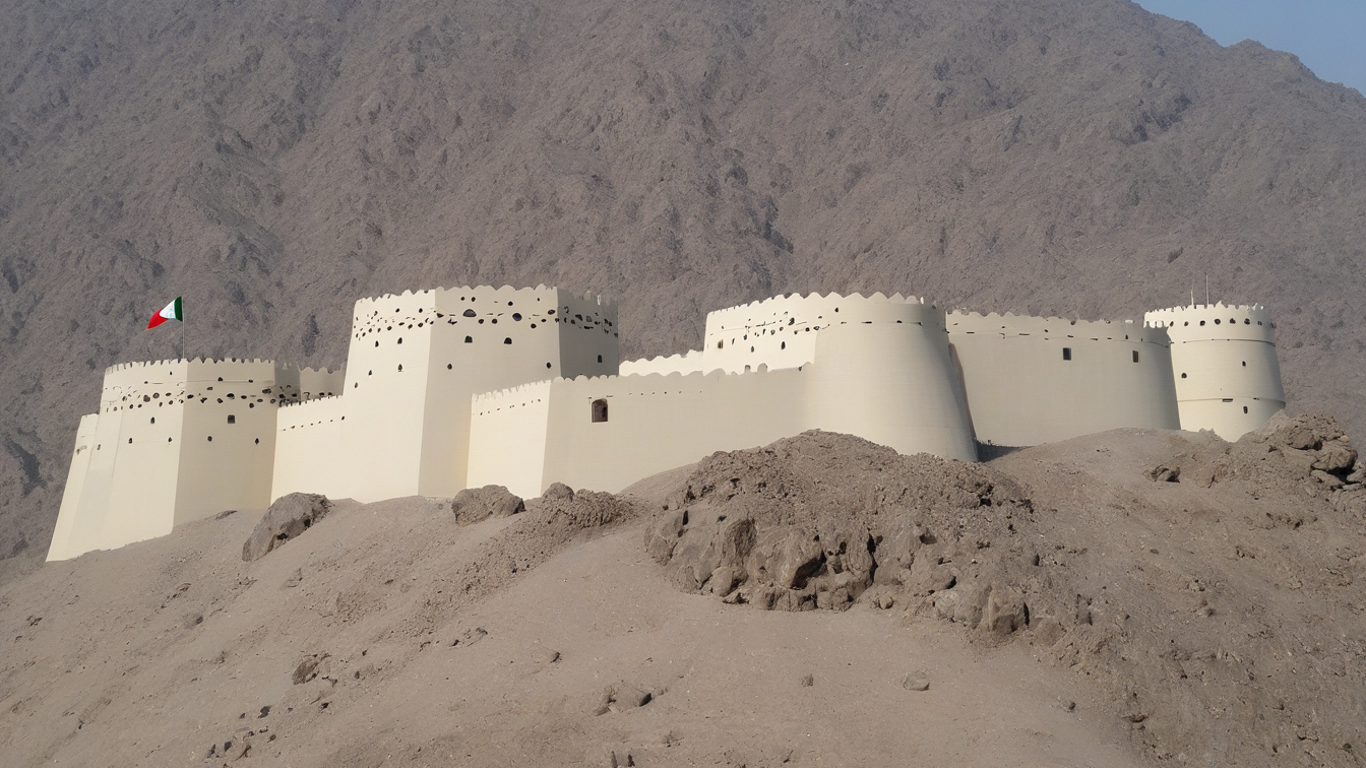
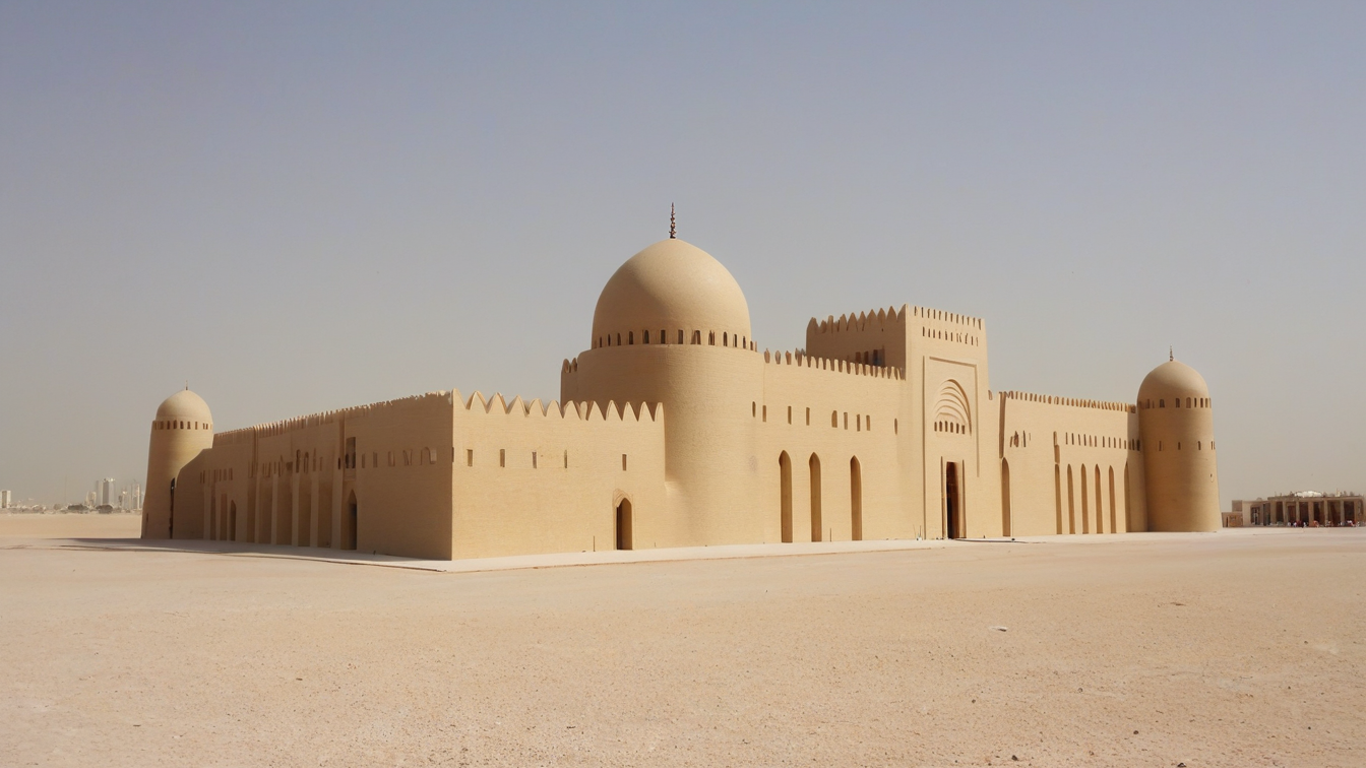
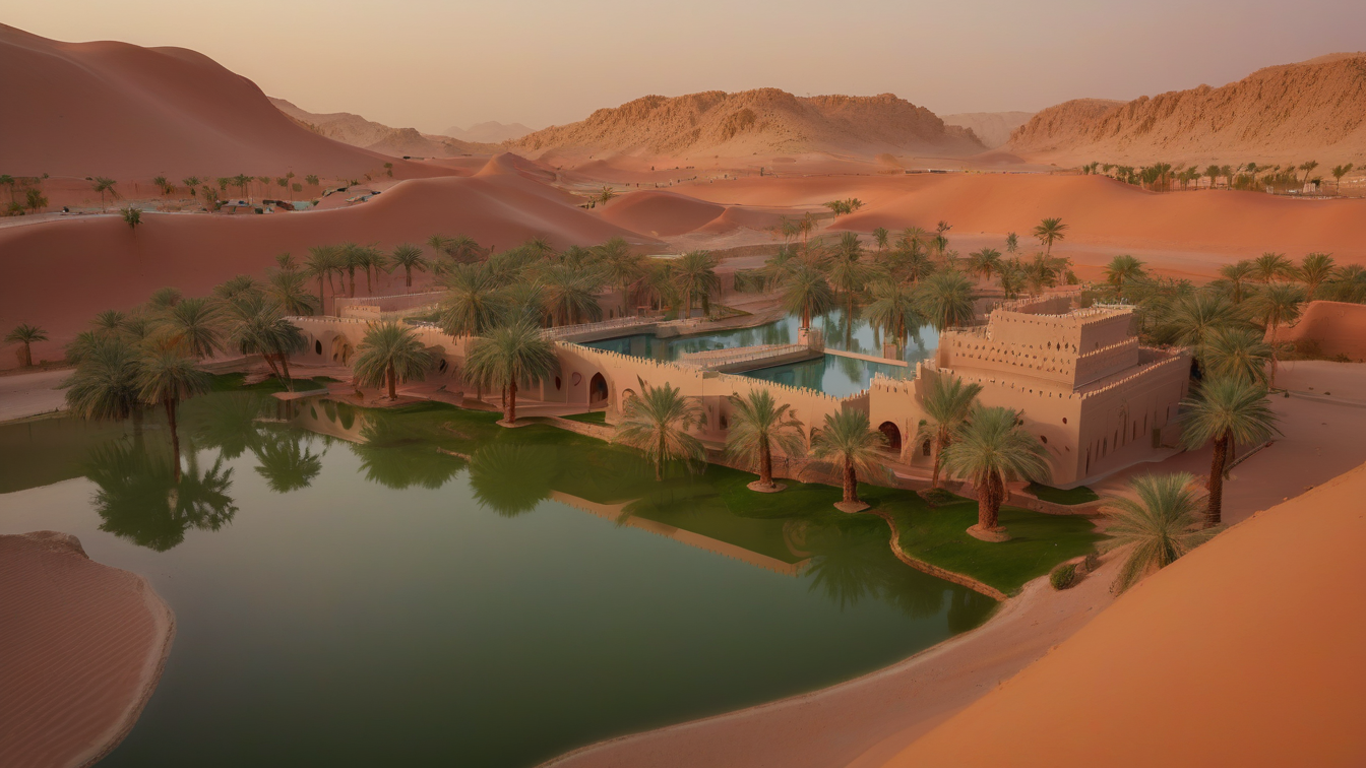

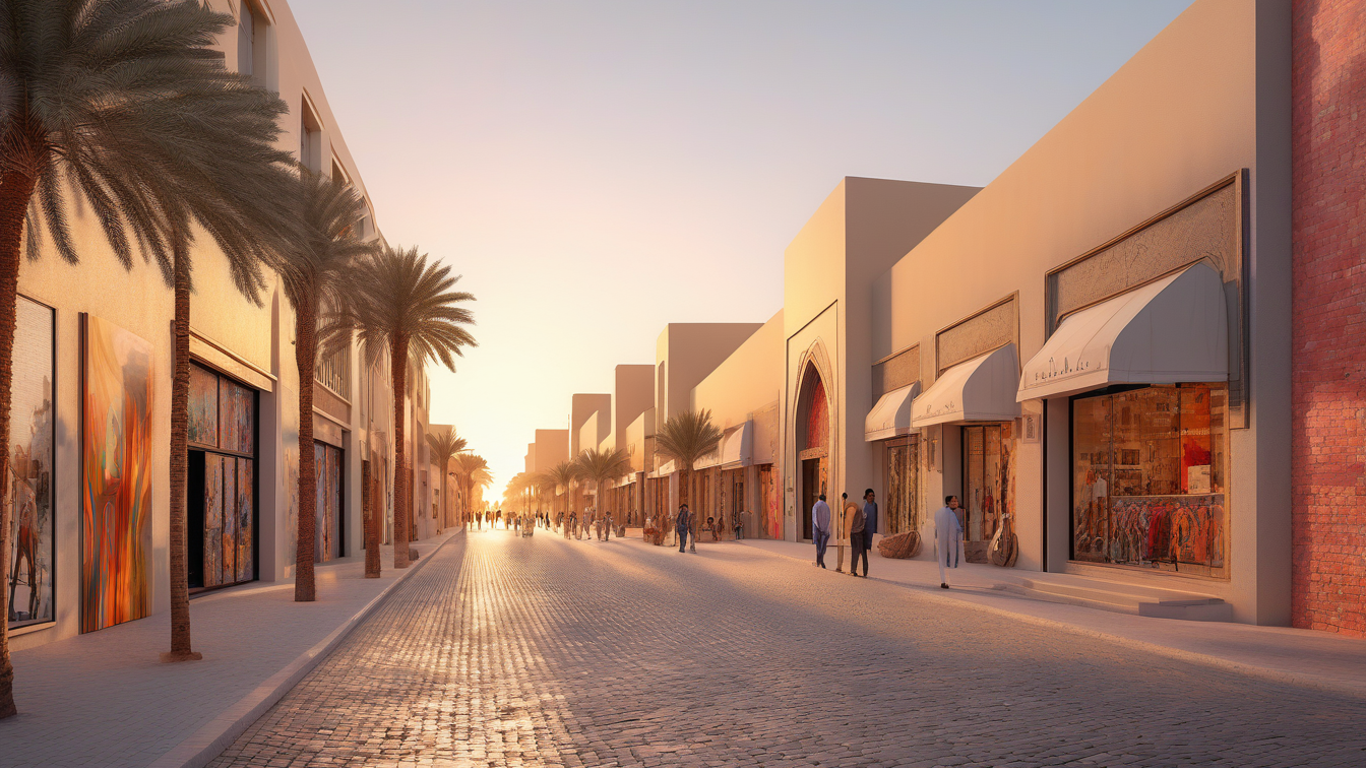



Comments (0)
{{ obj.comment_user_info.fullname }}
{{ obj.date_formatted }}{{ expandedComments[index] ? obj.comment : obj.comment.slice(0, 50) + (obj.comment.length > 50 ? '...' : '') }}
Add Comments
Login to comment